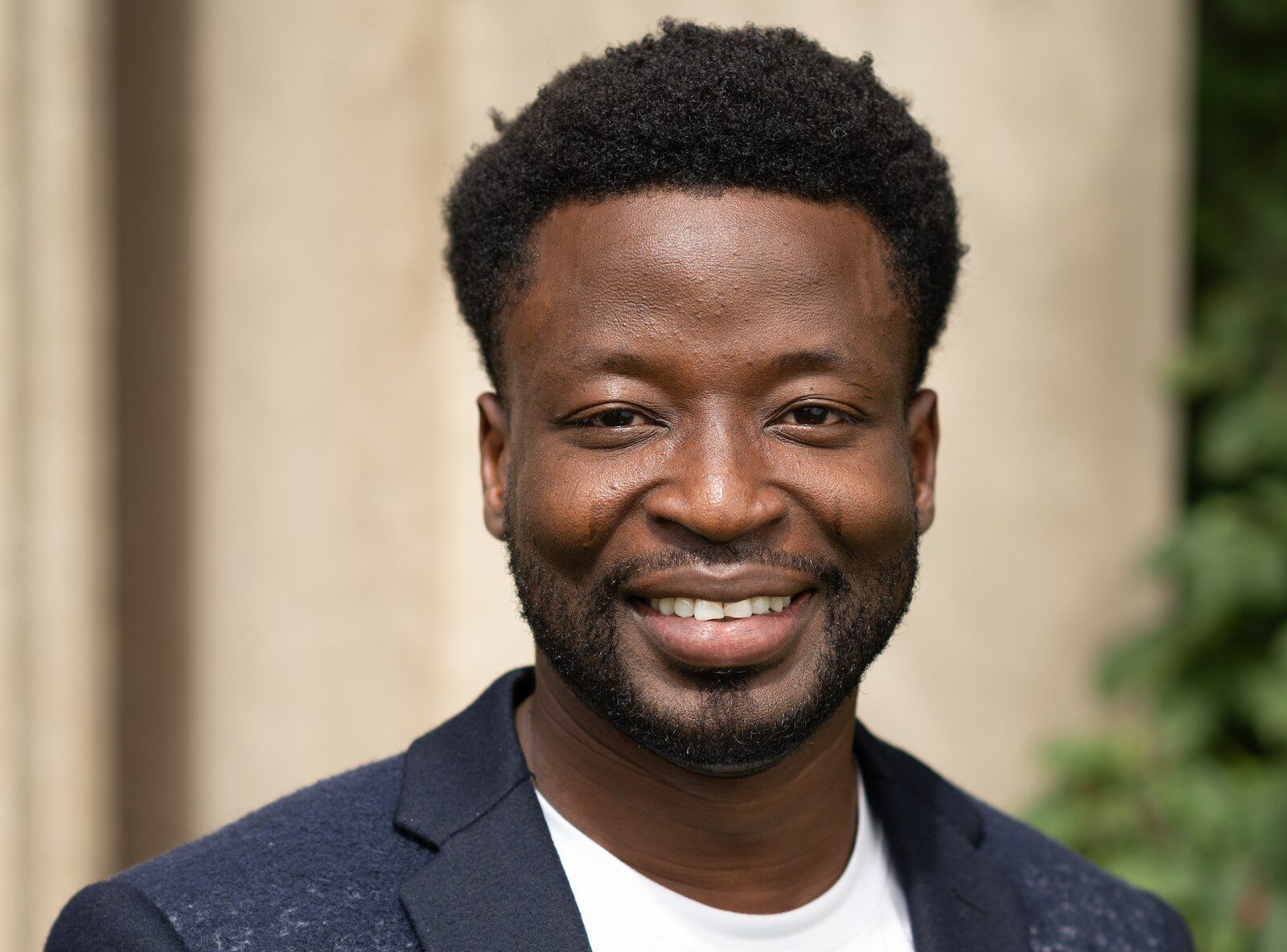
Additive Features of Tone and Intonation
Tajudeen Mamadou Yacouboum, University of Michigan
October 10, 2024 · 4:30 pm—6:00 pm · 1-S-5 Green Hall
Program in Linguistics

This talk introduces a unified featural model for the representation of tone and intonation. On the one hand, the model successfully addresses outstanding theoretical issues in the representation of tone, including but not limited to, capturing 5-tone systems, and addressing the under-generation/over-generation issues of existing binary feature systems. On the other hand, the model straightforwardly extends to the representation of intonation (namely in tone languages), where its features are used as parameters in a cross-linguistic intonation-generating algorithm. The model will be explored using both relevant existing tone data, as well as data from original fieldwork on some tone languages of west-Africa.
Dr. Mamadou‘s research focuses on the representation and computation of tone and intonation, which are two of the most widely shared aspects of human languages. From a theoretical standpoint, he is interested in a unified theory of representation for tone and intonation, since both are two usages of pitch, if at two different levels of the grammar. Dr. Mamadou believes that a unified and linguistically adequate representation of tone and intonation is the first step toward a better understanding of the many nuances of tone and intonation interactions. This is where computational and mathematical approaches to tone and intonation prove almost unparalleled, in the sense that they help calculate the exact toll their interactions place on the language speaking mind. Empirically, Deen’s work focuses on understudied languages of sub-saharan Africa, where he conducts fieldworks, collecting experimental data from different languages like Ede Chaabe, Baatonum, Dan, and Zarma, spoken across Benin, Côte-d’Ivoire and Niger.















